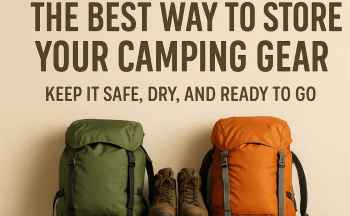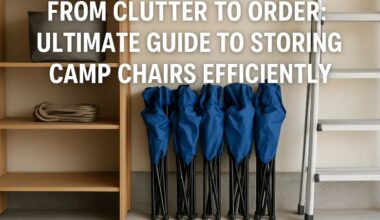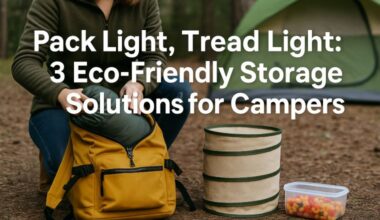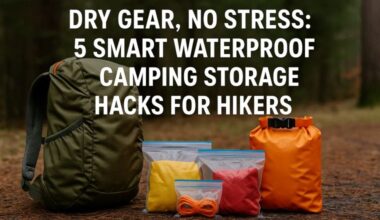There so many things that could go wrong, but waking up to your food spoiled or eaten by wildlife while on a hiking or camping trip with miles between you and the next source of food is one of the worst. Finding a good food storage system that works saves you money and time.
Nobody wants to wake up to find a raccoon eating their dinner or worse, deal with spoiled food mid-trip. Regardless of if you just started camping or been camping a while, knowing how to store your food safely can make or break your camping experience.
All kinds of animals can get into your food wherever you camp. Mice and other rodents, not to mention bears, will gnaw right through a tent or backpack to get at crumbs or goodies left inside.
It’s our responsibility as campers to prevent wild animals from getting any human food. This disrupts their natural diet and makes them dependent on people and makes them a safety threat.
Let’s look at some food storage tips that work!
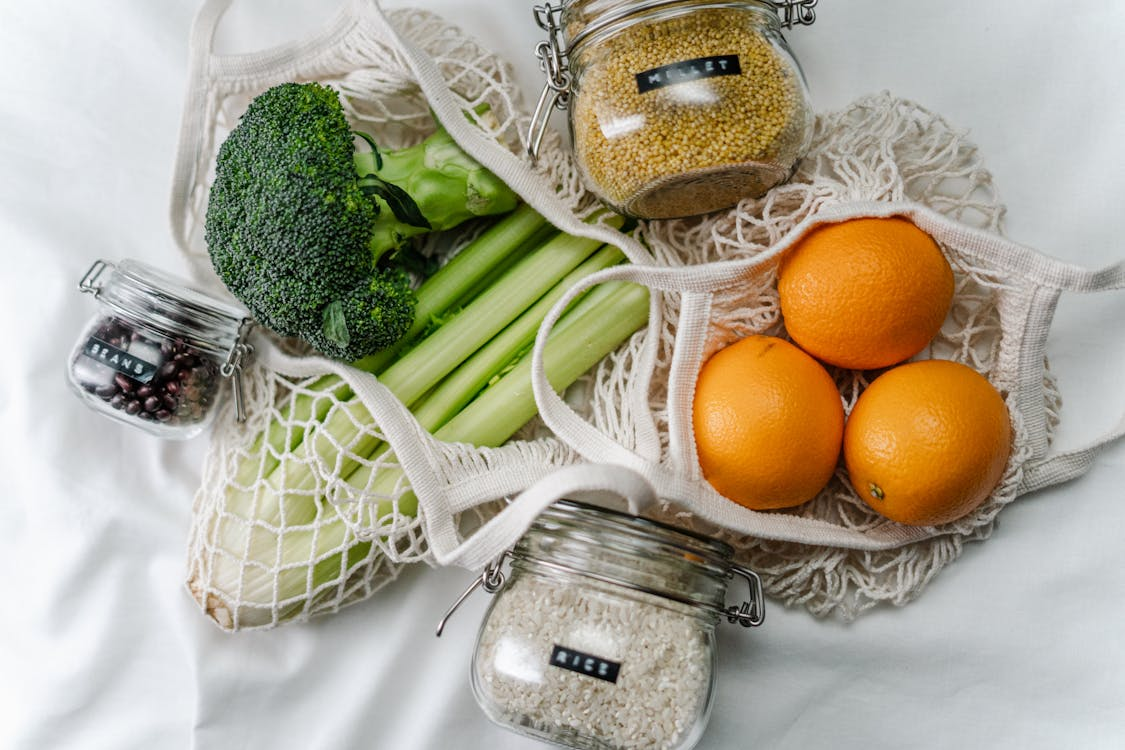
Why Proper Food Storage Matters During Camping
Food Safety and Prevention of Foodborne Illnesses
In addition to avoiding problems with animals, your health and enjoyment of your outdoor adventure relies on following proper food handling techniques. If you want to spend your time on the trail, not the latrine.
Nothing ruins a trip faster than food poisoning. When food isn’t stored correctly, bacteria can grow quickly, especially in warm weather. This can lead to serious illnesses. According to experts, improper handling of food and food storage are the causes of many camp-related sicknesses caused by spoiled food.
Reducing Food Waste and Cost Savings
Poor storage often means more wasted food. Spoiled leftovers or uncovered ingredients can turn into trash. Using durable containers helps keep your food fresh longer, reducing waste and saving money. Over time, these small changes can cut down your grocery bills and trips to the store.
These tips are simple, practical, and based on what truly works out there.
1. Keep Food at Safe Temperatures
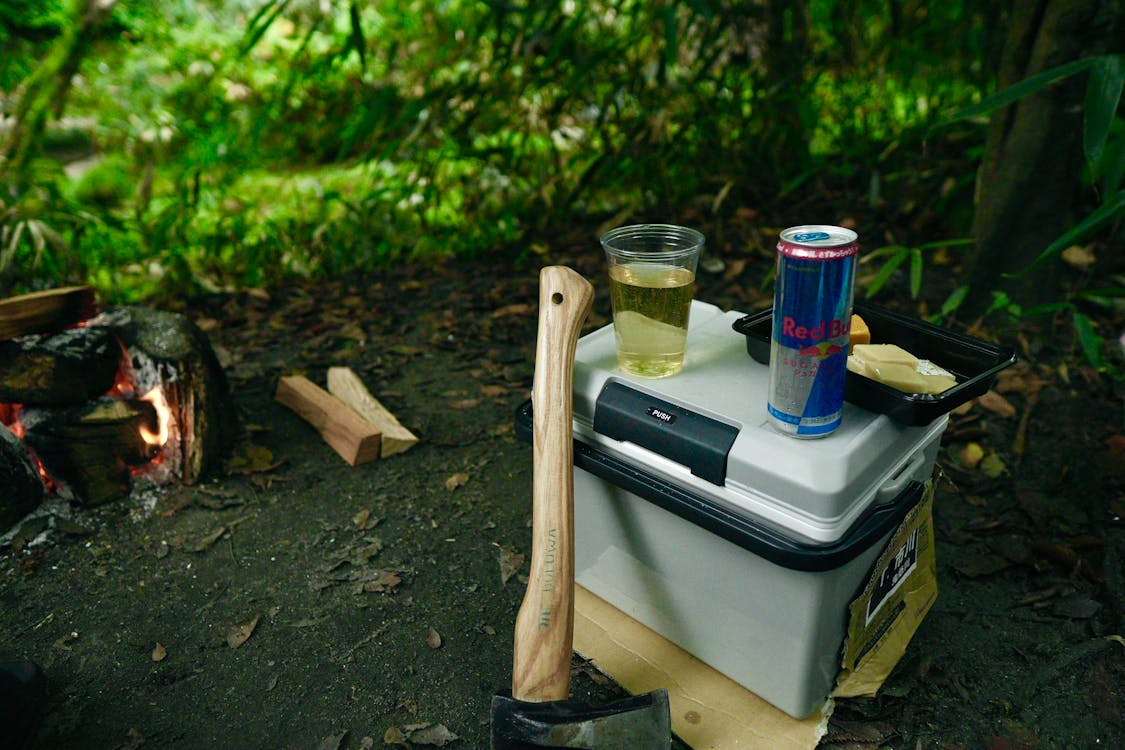
A good cooler can be your best friend if used right. Pick one that’s insulated enough to hold cold for several days. Place ice packs on the top, as cold sinks to the bottom. Refill ice as needed to keep everything chilled, especially in hot weather.
If you’re bringing perishable food, cold storage is non-negotiable. A good cooler is your best friend. But here’s the trick:
- Pre-chill your cooler before packing
- Use block ice or frozen water bottles (they last longer)
- Don’t open it every five minutes; group your meals so you know what you need and when.
If you love eating non-refrigerated foods and want some ideas, you can check out some delicacies on this blog.
2. Store Dry Goods in Airtight Containers

Follow the “first in, first out” principle. Use older food before opening new packages. Organize your stash so the earliest expiry items are front and center. This simple system reduces waste and keeps everything fresh.
Nothing invites bugs and critters faster than a half-open bag of bread. Transfer dry goods like cereal, snacks, or rice into airtight containers before your trip. They’re easier to stack, keep food fresher, and prevent surprise visitors in the night.
And you’ll have no crumbs all over your backpack.
The more you open your containers or coolers, the quicker the temperature drops. Use clear or labeled containers to identify foods without rummaging around. This way, your food stays cold longer, and you avoid contamination. This is an active food storage tip that works.
3. Keep All Food Away from Sleeping Areas
It might seem convenient to keep snacks in your tent “just in case,” but trust us don’t.
Store all food, even toothpaste and gum away from where you sleep. If you’re car camping, use the trunk. If you’re backpacking, hang your food from a tree or use a bear canister.
Animals and bugs are clever and persistent. Use animal-proof containers or hang food high in trees, away from ground predators. Elevation makes it harder for wildlife to access your goodies and keeps pests at bay.
Animals have better noses than you can imagine; don’t be deceived, they will fish out your food! Make sure to include this behaviour in your food storage system.
4. Use Reusable Zip Bags or Beeswax Wraps
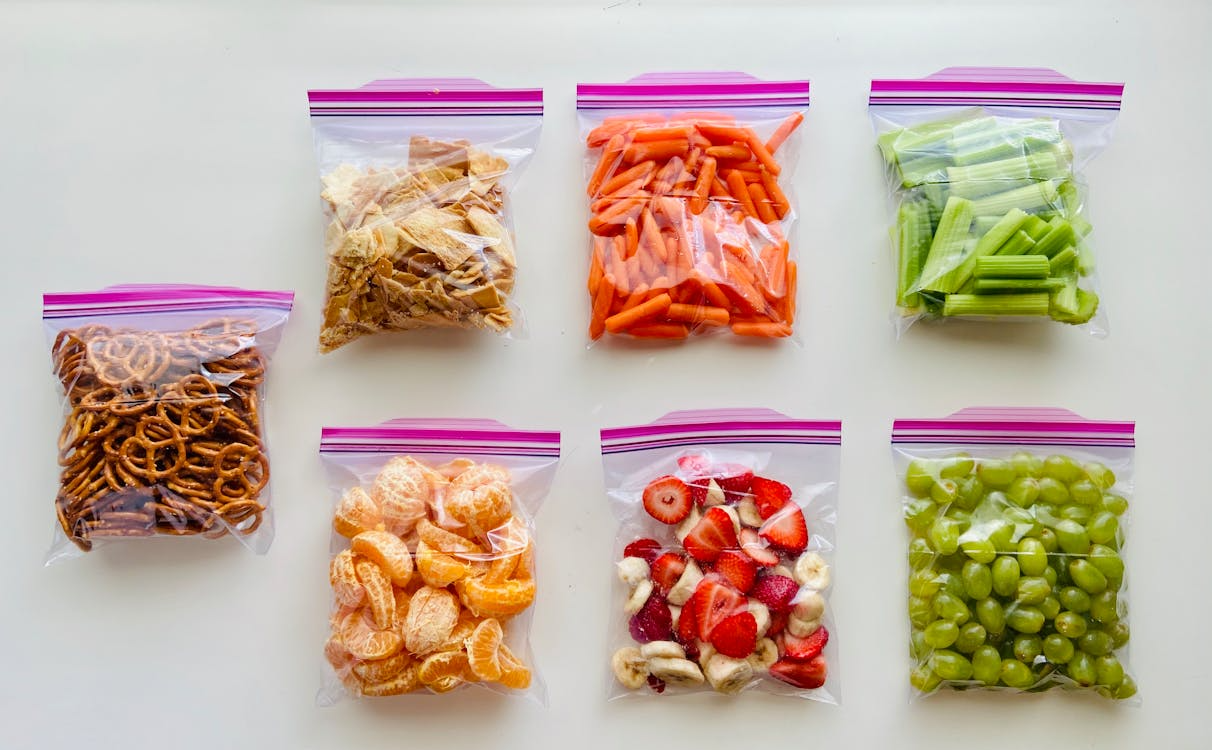
Inspect your food regularly during camping. Discard spoiled items or expired goods. Keep a checklist updated for refilling essentials during your trip.
Instead of relying on throwaway plastic, go with reusable storage bags or beeswax wraps. They’re better for the planet, pack down small, and keep food fresh without leaking into your bag or your food storage item.
Always plan your meals ahead. Pre-measure ingredients, and pack snacks in small portions. This not only saves space but helps avoid carrying excess food. Think about how much you’ll eat each day to prevent waste.
Staying proactive prevents shortages and surprises when you least expect them.
5. Clean Up Right After Eating
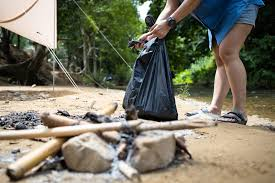
You might not consider this as a food storage tip but keeping your area clean is a great way to stay healthy. Choose your campsite carefully; stay away from dense bushes, animal trails, and overgrown vegetation. Keep your campsite clean, disposing of trash properly. A tidy area reduces the chance of attracting curious wild animals.
This one’s simple but often skipped. Once you eat, clean your dishes and pack away any leftovers immediately. Don’t leave trash or food scraps out; it attracts animals, smells bad, and can ruin your vibe real quick.
Bring a trash bag or sealed container to pack out all waste. Leave no trace, but more importantly, leave no crumbs.
Conclusion:
Food storage is an essential part of camping that ensures your meals stay fresh, safe, and protected. With the right food storage, you make the most of your resources and avoid waste on your outdoor adventure.
There so many things that could go wrong, but waking up to your food spoilt or eaten by wild life whiles on a hiking or camping trip with miles between you and the next source of food is one of the worst.
Camping is all about enjoying nature, not stressing over soggy sandwiches or animal raids. With a bit of planning and these real-world tips, you can keep your food safe, your camp clean, and your trip a lot more chill.
If you are interested in knowing more about food storage, camping, and how to safely store and protect your belongings, subscribe to our blog now!

